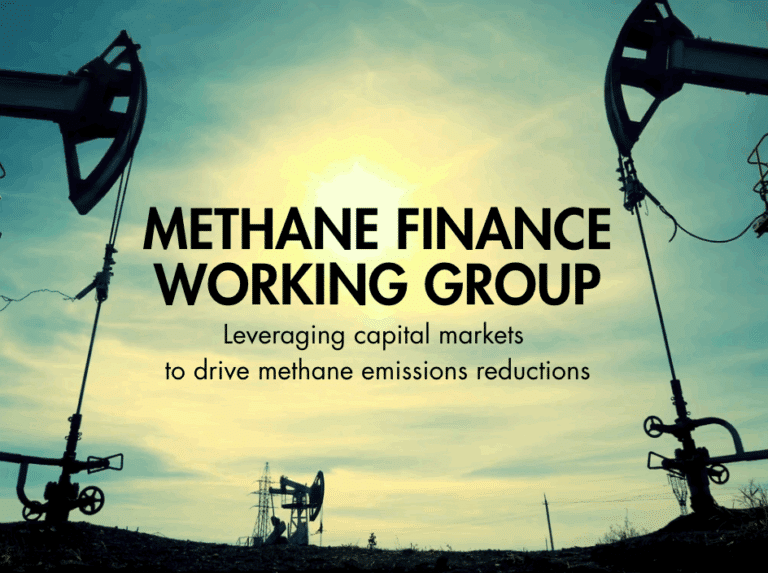This report represents the research and views of the author. It does not necessarily represent the views of the Center on Global Energy Policy. The piece may be subject to further revision. Contributions to SIPA for the benefit of CGEP are general use gifts, which gives the Center discretion in how it allocates these funds. More information is available at Our Partners. Rare cases of sponsored projects are clearly indicated. For a full list of financial supporters of the Center on Global Energy Policy at Columbia University SIPA, please visit our website at Our Partners. See below a list of members that are currently in CGEP’s Visionary Annual Circle.
-
CGEP’s Visionary Annual Circle
-
(This list is updated periodically)
Air Products
Anonymous
Jay Bernstein
Breakthrough Energy LLC
Children’s Investment Fund Foundation (CIFF)
Executive Summary
As climate change continues to unfold around the globe, environmental, social, and governance (ESG) concerns are increasingly driving investment decisions. This is especially true for investors in the oil and gas sector, which accounts for an outsized share of global greenhouse gas (GHG) emissions. Although this sector’s future is uncertain amid the decarbonization process, demand for oil and gas is unlikely to decline soon. However, given the proliferation of ESG investment strategies, if these companies wish to continue to attract capital, they will likely need to reduce their environmental footprint and show evidence of such in a way that is both transparent and uniform across the sector.
This report, part of Columbia University’s Center on Global Energy Policy, analyzes how oil and gas companies involved in exploration and production (known as “upstream”) are disclosing GHG emissions and climate change risks, the extent to which their disclosures align with existing reporting standards, and investor views on the future of the oil and gas sector and its role in the energy transition. The report’s scope is limited to US oil and gas companies for two reasons: oil and gas production in the US is growing and the country seeks to be a global leader on climate issues. The analysis is based on the authors’ survey of the ESG/sustainability reports of 15 different-sized upstream US oil and gas companies and the authors’ interviews with influential investors in the US oil and gas sector. In addition, the report examines upcoming climate disclosure requirements from the Securities and Exchange Commission, in concert with other bodies, likely to take effect in the coming years.
The main findings of this report are as follows:
- Surveyed upstream US oil and gas companies rely on different methodologies for their reports, though nearly all of them use the Task Force on Climate-Related Financial Disclosures (TCFD) framework. However, amid a lack of guidance from governing bodies as well as the TCFD, companies are deciding on their own what to disclose and how to disclose that information. Moreover, each company sets GHG emissions-reduction targets using their own baseline years and timelines.
- These features of climate-related ESG reporting by US oil and gas companies translate into uneven disclosures across the sector, making it difficult for investors to measure and compare these companies’ progress in meeting climate goals. Interviewed investors expressed a strong desire for greater transparency around the methodologies that oil and gas companies use to estimate emissions and for the development of interim emissions-reduction targets directly tied to executive compensation.
- Investors the authors spoke with were uncertain about the oil and gas sector’s place within the global energy transition. However, all of them agreed that oil and gas companies must reduce the emissions they can control directly (Scope I and II), and most believed they should at least report their indirect emissions (Scope III).
- Broadly speaking, investors preferred a strategy of engagement rather than divestment in promoting change within the oil and gas sector. They also sought improved disclosure by oil and gas companies about their lobbying activities.
This study proposes six principles that could help oil and gas companies achieve greater alignment with the TCFD framework, and seven environment-related key performance indicators that oil and gas companies could implement and disclose to demonstrate their commitment to reducing their environmental footprint.






